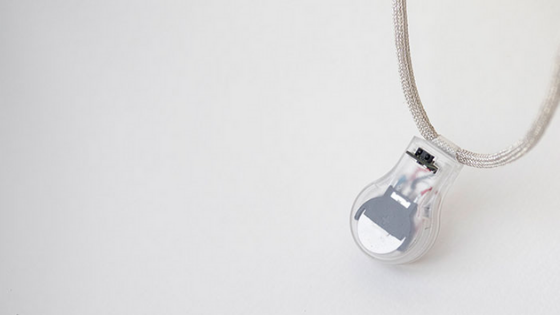While new developments in the coronavirus pandemic seem to surface every day, some guidance has remained the same for the duration of the pandemic. In fact, one piece of advice has stayed consistent the entire time: don’t touch your face.
Sounds simple enough, right? But if you spend a day tracking how many times you unwittingly touch your face, you may be surprised by the frequency of the action, and how hard it is to kick the habit.
So, NASA set out to design a solution. Here’s why we need it and how it works.
Why You Shouldn’t Touch Your Face
Out of all the guidance issued during the pandemic – wear a mask, wear gloves, practice social distancing – not touching your face is the banalest. If anything, it’s banality makes it seem a bit ridiculous. If you’re already wearing a mask and gloves and maintaining distance, why do you need to keep your hands away from your face?
Let’s say you rub your eye. Then scratch your nose. Then rest your chin in your palm with your fingers curled against your mouth, a familiar pose akin to Rodin’s “Thinker”. This particular routine makes public health experts shudder because you’ve just passed your hand over every surface a respiratory infection finds entry into the human body, all in less than a minute.
These are your facial mucous membranes (eyes, nose, mouth), and respiratory infections are most likely to find entry into the body through them. And even if you wash your hands regularly and keep your distance from others, there’s no way to guarantee what germs get on your hands unless you wash your hands for 20 seconds after you touch any new item.
Why It’s Hard to Stop Touching Your Face
Seems simple enough, right? And yet, it’s astonishingly difficult to stop touching your face.
For one thing, face touching is a habit, i.e. something we do without conscious thought. Let’s say your nose itches. You can expend conscious effort to think about your options, but chances are at that point you’ve already reached up to scratch your nose because scratching your nose bypasses cognitive effort.
In fact, humans are one of the few (along with gorillas, chimpanzees, and orangutans) that touch their faces with little or no awareness of the habit (most animals only touch their faces to groom or swat a pest).
It also doesn’t help that face touching, ironically enough, is a stress response – we touch our faces as a way to manage stress. And we’re all under considerably higher stress thanks to the pandemic.
The NASA Device that Helps
So, NASA came up with a simple way to help your cognitive processes halt your unconscious habit.
To do it, the agency created a wearable called PULSE, a round pendant worn around the neck. When you raise your hands to your face, it vibrates, reminding you to lower your hands. It’s simple, but like Pavlov’s dog, it’s effective.
NASA doesn’t currently sell the wearables, but the Jet Propulsion Laboratory made building instructions available online.
Keeping Up-to-Date on Coronavirus
In the year of coronavirus, no individual aspect of life is untouched – even touching your own face. Fortunately, we’re coming up with new and inventive ways to persist against the virus, just as we’ve found ways to carry on daily life under pandemic conditions.
If you need more updates and tips to share with your workers, make sure to check out our blog for more posts on the ongoing coronavirus pandemic. And remember: from our family to yours, stay safe.
